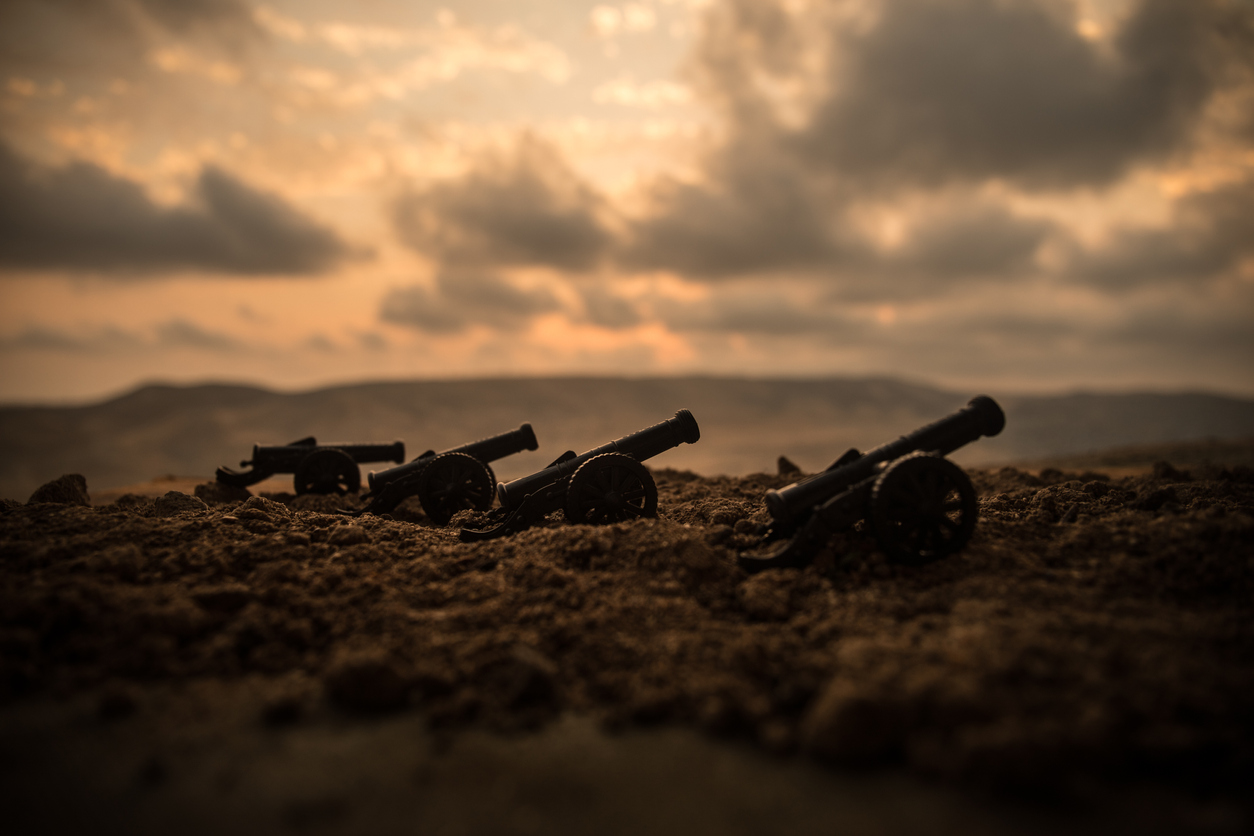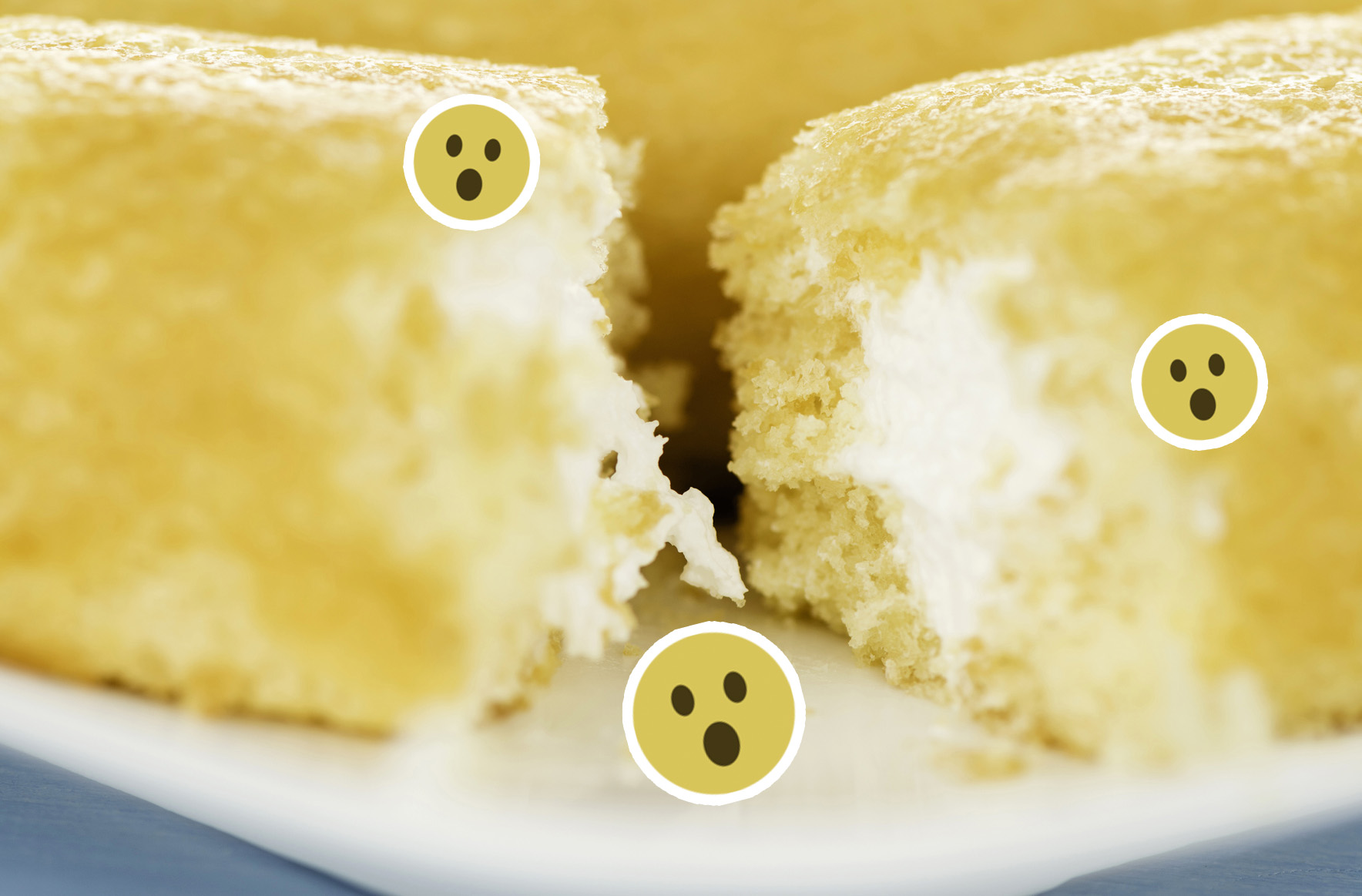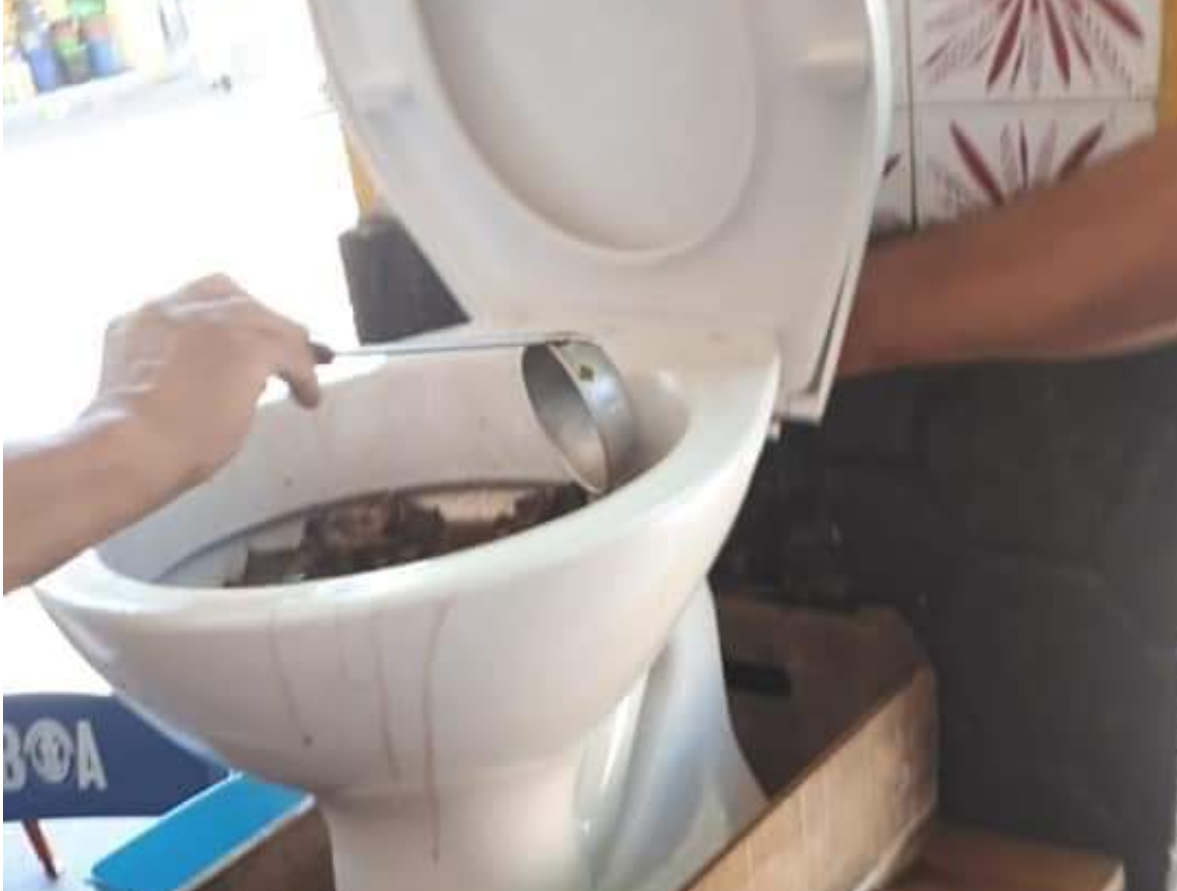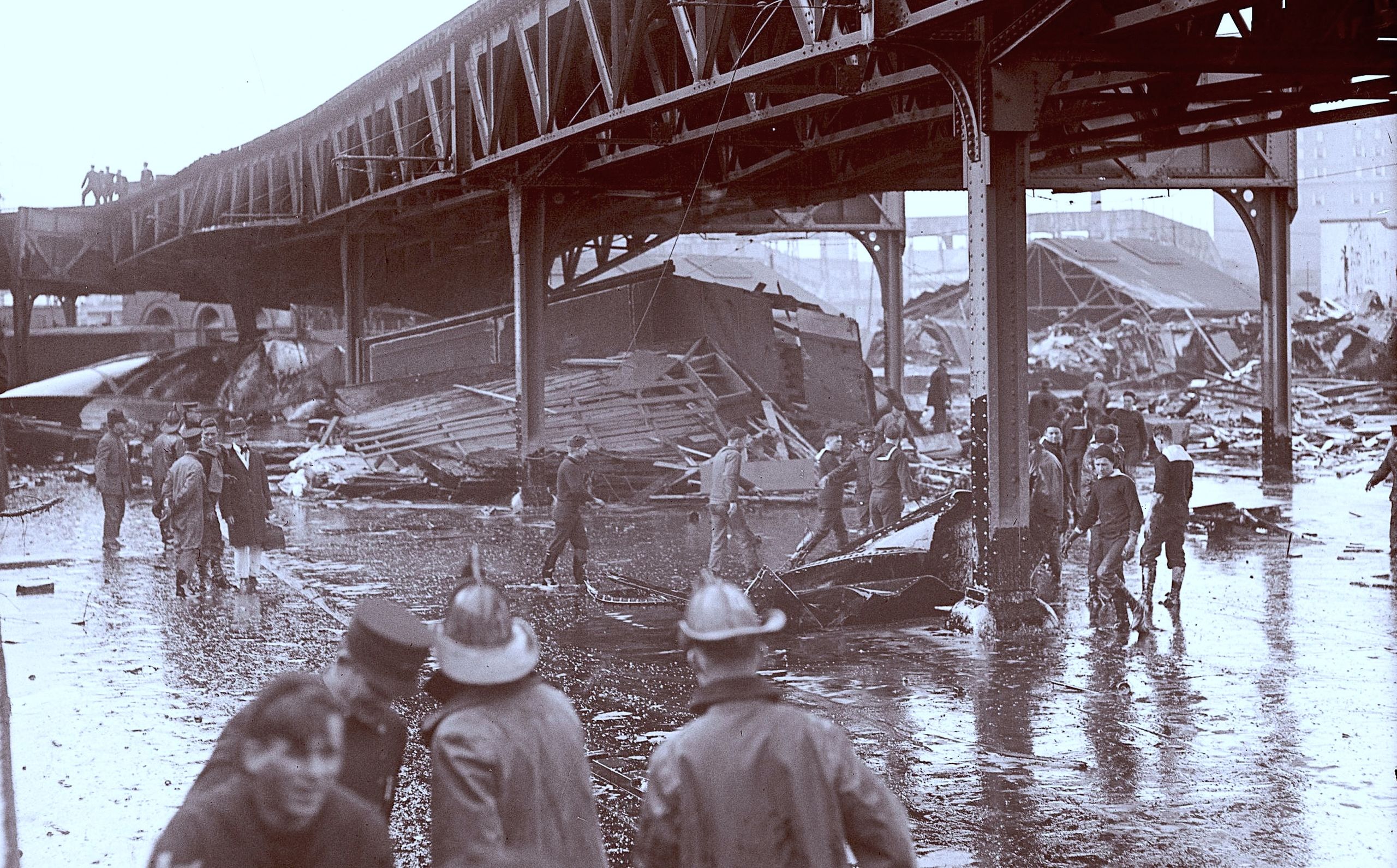Coffee and hardtack, salt pork and skillygalee, cornmeal and beef tea: these are the foods of the American Civil War. With only meager rations, soldiers on both sides of the battlefield had to get creative when it came to Civil War cooking. For instance, how does one best prepare putrid, salted beef? How do you make crackers so hard they could break your teeth edible? How do you even cook during war, anyway?
These were all questions Union and Confederate soldiers had to answer as they navigated their camp fires. Many of them cooked for the first time in their entire lives while serving in the Civil War. For Union soldiers, preparing meals was made slightly easier by their slightly wider array of food and drink options. However, the Union blockade kept many of those provisions from reaching Confederate troops. Take coffee, for example. While Union troops were buzzing on caffeine, Confederates got creative by roasting and grinding all manner of vegetables to try to mimic it. The blockade kept most coffee on the Northern side of battle. It wasn’t all blockades and meager rations, though.
Battlefield vendors selling butter, lobsters, and packages from home filled with sweet treats offered soldiers a glimpse of food beyond the campfire. Just as presidents’ favorite foods give a unique view of the Commander in Chief, Civil War cuisine provides a snapshot view of the food that did — and didn’t — feed troops in the War Between the States.
Soldiers gave their dry flour biscuits all kinds of colorful names.
The most common name was “hardtack.”
Unleavened flour mixed with water and then baked and dried beyond recognition served as the most common battlefield staple for soldiers. When they were feeling generous, the soldiers referred to these crackers as hardtack. And the food got its name honestly. Apparently, if soldiers weren’t careful, they could chip a tooth on the desiccated stuff. To help rehydrate it (and to fill their aching bellies), soldiers devised all kinds of ingenious ways to soften their hardtack. They dipped it in coffee or tea or cooked it with meat fat to make it edible and protect their teeth.
Hardness wasn’t its worst quality.
Soldiers didn’t just call the dry biscuits hardtack, though. They also referred to them as “tooth-dullers,” “worm castles,” and “sheet iron crackers.” Those names were fair, too. Insects and other creepy crawlies found their way to the crackers and nestled deeply inside.
Soldiers on both sides of the Mason Dixon held one beverage up above all others: Coffee.
It “fueled the war.”
Though they had to grind and prepare the beans themselves, Union soldiers did receive coffee beans as part of their rations. However, they were the most sought after and well-loved of all the rations. Writing for the New York Times, historian Jon Grinspan puts it simply: “coffee fueled the war.” He notes, “In their diaries, ‘coffee’ appears more frequently than the words ‘rifle,’ ‘cannon’ or ‘bullet.’ Ragged veterans and tired nurses agreed with one diarist: ‘Nobody can ‘soldier’ without coffee.’” In fact, the Union Army issued its soldiers around 36 pounds of coffee annually.
But clean water wasn’t as easy to come by.
In his discussion of soldiers’ love for coffee, Grinspan notes that this dedication might have led them to use water that probably should have been left exactly where it was. This included: “water from canteens and puddles, brackish bays and Mississippi mud, liquid their horses would not drink.” Still, nothing compared to the comfort of coffee, both before and after a battle.
Dried fruit and vegetables were rare parts of soldiers’ meals.
But the soldiers hated the dry veggies.
Soldiers’ rations had to be portable. And they had to have the longest possible shelf life. Consequently, the majority of foodstuffs soldiers received came in a preserved form. Meat, fruit, and vegetable rations all came desiccated, or “desecrated” according to the soldiers. In addition to being dried out, vegetable rations were tiny and cubed. They needed a water soak or a long boil to be edible. While soldiers enjoyed the few-and-far-between fruit rations, they disliked their “desecrated” vegetables as much as they disliked their rock hard hardtack.
Soldiers’ rations of preserved beef had to be soaked in water overnight.
Plus, the meat was covered in salt.
Much like their “desecrated” veggies, soldiers had to get creative when rehydrating their highly salted (and sometimes putrid) beef rations. And we certainly don’t like the sound of their options. They let the salted pork and beef sit in a stream overnight. The moving water helped soften and de-salt the nearly inedible meat.
Soldiers turned hardtack into “skillygalee” to make it more appetizing.
This is proof that there’s nothing a little pork fat can’t fix.
When it came to hardtack, soldiers had to get creative. After all, even if it wasn’t filled with bugs, the rock-like biscuit could still break your teeth as a result of its dryness. Occasionally, soldiers took the natural route and soaked the crackers in coffee, tea, soups, and other liquids. However, culinarily-minded soldiers also elected to fry up the crackers in pork fat, which they called “skillygalee.” This technique both stretched the rations further and made the dried-out biscuits a whole lot more appealing.
Without access to coffee beans, Confederate soldiers had to make the best of coffee substitutes.
They tried most anything in their search for a replacement.
While the Union Army issued pounds of coffee beans to its soldiers, by and large, Confederate troops did not have access to their own beans. The Union blockade kept a great many supplies and rations from reaching seceded troops, and this included coffee. So, Confederate soldiers sought substitutes to help fill the void. They roasted, ground, and brewed beets, corn, and rye, as well as other brown vegetables that could be roasted and ground.
Beef tea provided soldiers with hydration and protein.
And it helped stretch the scanty provisions at camps, too.
Soldiers had scant provisions and few to no cooking skills. But malnutrition, starvation, dehydration, and scurvy definitely affected those who couldn’t figure out how to prepare and maximize the provisions they did have. One way to stretch provisions — and to hydrate — involved boiling beef and bones in water, creating what’s called a “beef tea.” Beef teas enabled soldiers to leech protein into the water during the boil.
Confederate soldiers cooked cornmeal on their muskets.
They called it “ramrod roll.”
Among their other scant provisions, Confederate soldiers received rations of cornmeal. And they came up with a unique method for preparing it. The soldiers turned it into a dough and wrapped it around the ramrod — the tool used to force the charge down a barrel of their muskets. From there, the hungry men cooked the dough over an open flame. It was most frequently charred but edible.
Soldiers on both sides had to forage to supplement their meager rations.
It was worse for Confederate forces.
Due to food scarcity, soldiers (particularly on the Confederate side of battle) found themselves forced to supplement their rations. And they did do by foraging. Sometimes this meant purchasing supplemental products from sutlers, or merchants selling food near camps.
Sometimes, though, “foraging” meant “plundering.”
Other times, though, foraging served as a euphemism for what amounted to plundering. Soldiers requisitioned food, livestock, and provisions from local farms and stores. The practice was so widespread, a soldier recounted:
Despite most stringent orders against foraging, every morning the ground between the different encampments of the regiments was covered with sheep skins and feathers from turkeys, geese, and hens that had given their lives, during the preceding night, for the relief of the hungry soldiers.
By combining all of their rations in one pot, the soldiers could make a relatively well-rounded stew.
And it actually sounds pretty good!
Civil War-era recipes abound, even ones innovated by soldiers encamped near the battlefield. One such recipe for a beef stew comes to us via a cookbook written especially for the Civil War military, Camp Fires and Camp Cooking; or Culinary Hints for the Soldier: Including Receipt for Making Bread in the “Portable Field Oven” Furnished by the Subsistence Department. James Sanderson, a hotel operator, put the cookbook together. It was part of a larger effort to teach the military basic culinary techniques. Among other recipes, he includes one that encompasses the spread of a soldier’s provisions: “Commissary Beef Stew.”
You can make it at home.
The recipe reads as follows:
Cut 2 pounds of beef roast into cubes 2 inches square and 1 inch thick, sprinkle with salt and pepper, and put in frying pan with a little pork fat or lard. Put them over a fire until well browned but not fully cooked, and then empty the pan into a kettle and add enough water to cover the meat. Add a handful of flour, two quartered onions, and four peeled and quartered potatoes. Cover and simmer slowly over a moderate heat for 3 ½ hours, skimming any fat that rises to the top. Then stir in 1 tablespoon of vinegar and serve. Other vegetables available, such as leeks, turnips, carrots, parsnips, and salsify, will make excellent additions.
The best treats came in packages from home.
That’s how soldiers got their sweets.
Soldiers didn’t receive much in terms of rations. And vendors selling their wares nearby hiked prices so high soldiers couldn’t afford them. But some Civil War men still managed to get their hands on delicious treats. How? They wrote letters home and told their families what they wanted!
According to Peter Carmichael, Director of the Civil War Institute at Gettysburg College:
Soldiers’ letters focused on food. Getting food from home was a very tangible reminder of the strong emotional connections they had for family. You’ll see, on both sides, soldiers getting packages filled with a variety of what they would consider to be delicacies. It might be coffee, it might be molasses, it might be whiskey, it might be fruit. And that was crucial for sustaining them physically but it also brought the home and kitchen into camp.
Cookies, cakes, and soldiers’ personal favorites traveled the distance from home to camp and sustained the men upon their most welcome arrival.
Soldiers traded foods back and forth across the battle lines during moments of truce.
Coffee for tobacco was a popular exchange.
With a country split in two and a blockade prohibiting the transportation of goods across battle lines, it’s no surprise troops on both sides of the battlefield didn’t have access to all the luxuries (and necessities) they desired. The men made it work, though. During moments of uneasy truce, or just breaks in the battle, Union and Confederate soldiers traded back and forth across the battle lines. Southern troops had access to tobacco, which was in short supply on the Union side of the lines. Similarly, Union troops had coffee, while Southern troops roasted ersatz substitutes without their own beans. Accordingly, they found a way to exchange goods, trading one another for the things they didn’t have access to.
Sometimes, merchants sold luxury foodstuffs right next to the battlefield.
Lobster and butter were sought-after items.
The Civil War is remembered for the strange spectatorship with which it was viewed by the public. After all, people really did pack picnics to watch the Battle of Bull Run in 1861. However, people didn’t initially realize the length and the bloodshed the war would entail. So perhaps it comes as little surprise that vendors sold their wares near the arena of battle. In fact, they hawked luxury goods like lobster, butter, and buttermilk at military camps. Seeing a monopolistic opportunity, though, vendors raised their prices so much soldiers couldn’t actually afford their products. It got bad enough that soldiers rioted in response to the price hikes in 1863.






